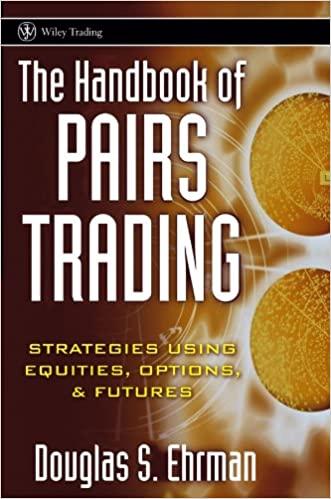| D. inflation rates --- The efficient market hypothesis rests on which of the following assumptions? I. Information is widely available to all investors almost simultaneously. II. Investors react quickly to new information. III. Investors correctly interpret all available information. IV. Events which affect the market occur randomly. | A. I and II only | | | B. I, II and III only | | | C. I, III and IV only | | | D. I, II, III and IV --- The theory behind the mutual fund cash ratio is | A. mutual fund managers hold high levels of cash when they are optimistic about market conditions. | | | B. when mutual fund managers hold high levels of cash, they must eventually buy stocks with it. | | | C. when mutual fund managers hold low levels of cash they are pessimistic about market conditions. | | | D. when market conditions are favorable, shareholders remit more cash than the managers can invest. --- A high TRIN value is considered | A. good for the mar)ket when the number of advancing stocks is declining. | | | B. good for the market when the volume of advancing stocks is declining. | | | C. bad for the market when the trading volume in the declining stocks is rising. | | | D. bad for the market when the number of declining stocks is stable --- Technical analysts consider the stock market to be strong when volume ________ in a rising market and ________ during a declining market. | A. increases; increases | | | B. increases; decreases | | | C. decreases; increases | | | D. decreases; decreases --- Which of the following statements is true? | A. Behavioral finance suggests that investors react to new information in an efficient manner such that security prices accurately reflect the new information. | | | B. Fund managers tend to have too little confidence in their abilities leading them to be excessively cautious. | | | C. Most investors are slow to accept evidence that contradicts their strongly held beliefs. | | | D. Most investors quickly sell their losers and hold on to their winners --- The tendency of investors to take greater risks after a large loss and fewer risks after a large gain can be attributed to | A. overconfidence. | | | B. the "house money" effect. | | | C. loss aversion. | | | D. representativeness. | | | | | | |






